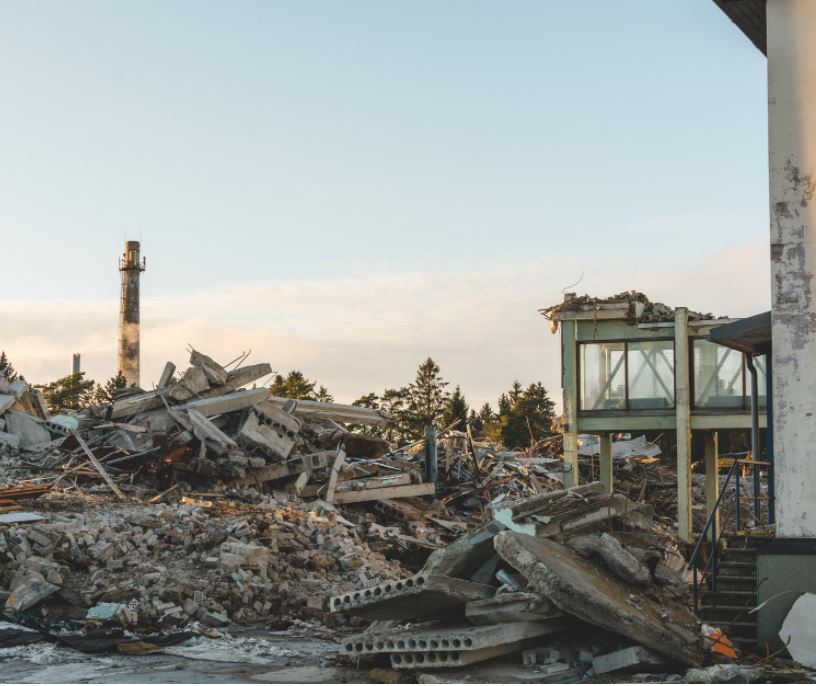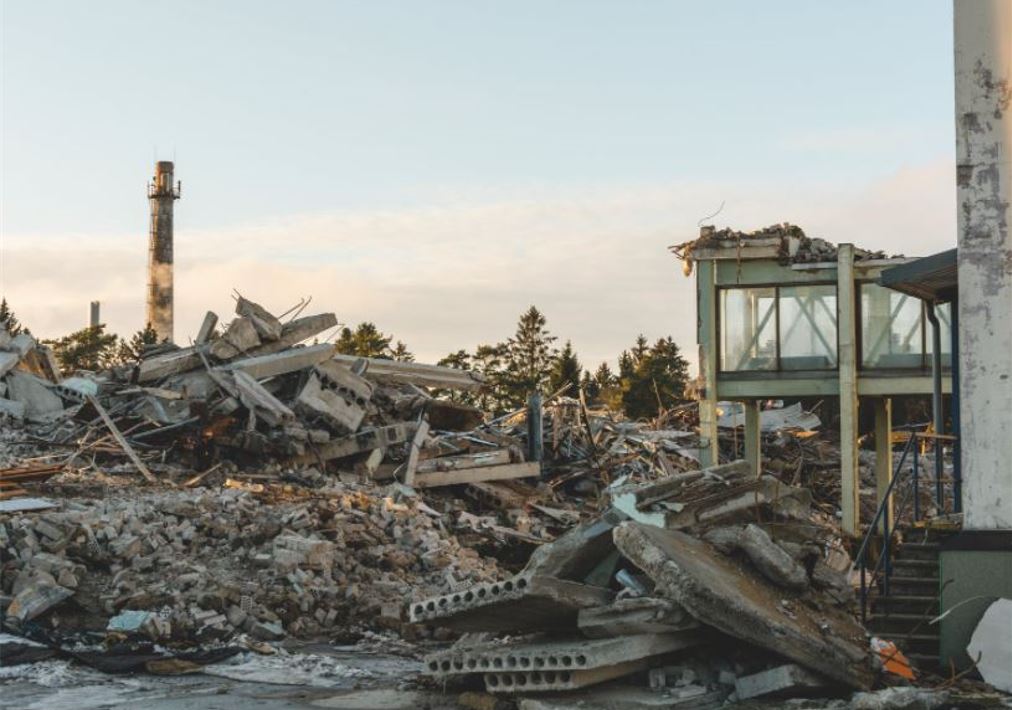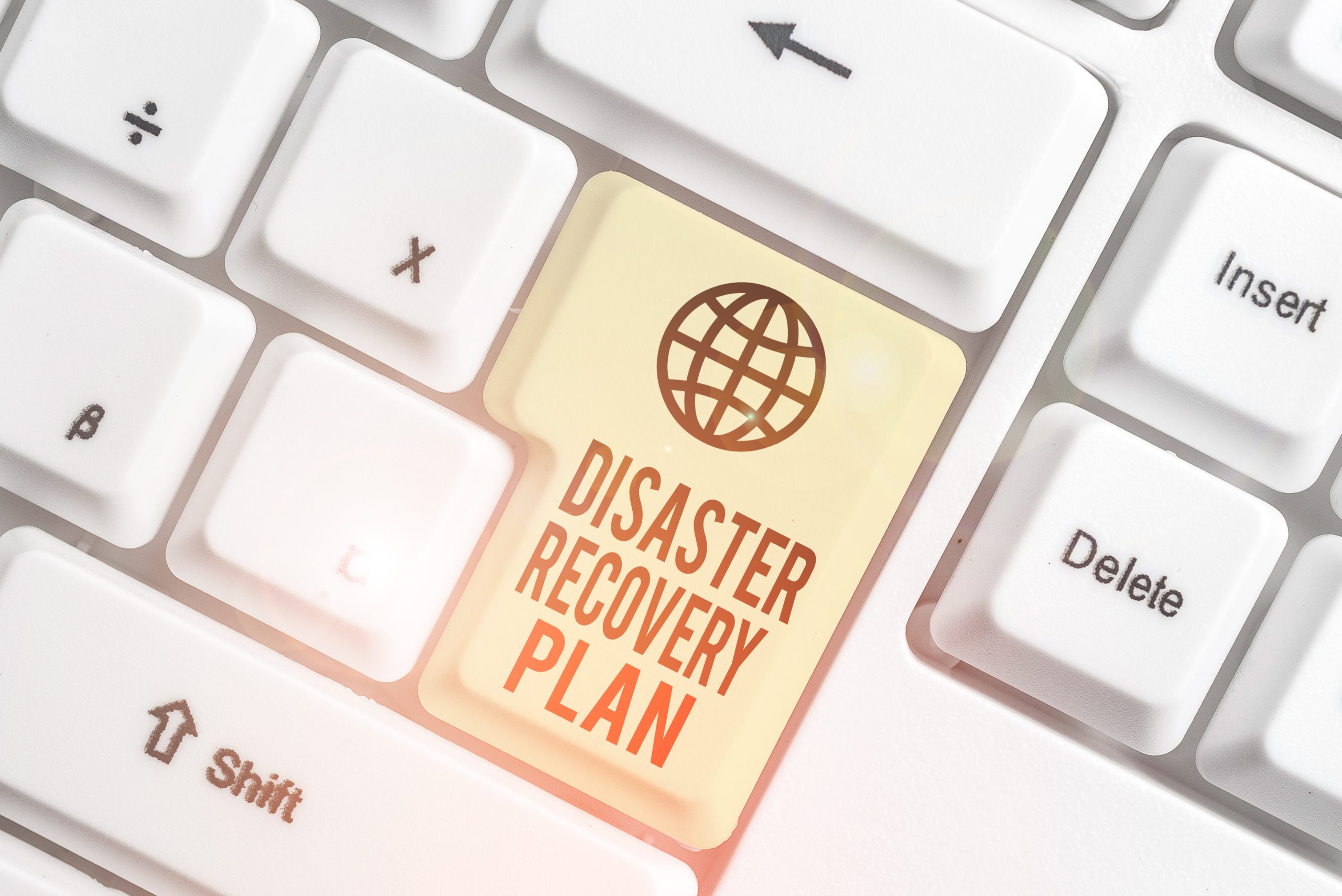
Disaster Recovery vs. Business Continuity Plans: Why Your Business Needs Both
Disaster Recovery vs. Business Continuity Plans: Why Your Business Needs Both
No matter the size, tenure, or available resources of a business, there are certain events all establishments should anticipate. Whether it be a natural disaster destroying physical warehouses or cybersecurity breaches putting sensitive data at risk, preparing for any kind of threat is key for coming out on the other side with the least amount of loss.
In anticipation of these risks, there are two types of plans to establish ahead of time to best protect one’s business assets: A Business Continuity Plan and a Disaster Recovery plan. While these two plans may have clear similarities, it’s important to note that they also differ in vital ways.
To strategically invest in both, a business must first understand where they differ, and how they work in tandem when disaster strikes.
The Similarities Between Disaster Recovery and Business Continuity Plans
One of the biggest similarities between disaster recovery and business continuity is a common and simple goal: to avoid any kind of disruption or loss of effectiveness in work. This applies to both those working within the business and the customers expecting products or services from the business.
For example, both a business continuity plan and a disaster recovery plan may have been highly beneficial for a myriad of businesses at the beginning of 2020, when the COVID-19 pandemic was fully taking effect. Consider a few recent real-world scenarios that many businesses had to navigate:
An Example of Business Continuity
Without much forewarning, many businesses chose to shift their workforce to a remote model, some with limited preparation time beforehand. Businesses that already had a continuity plan in place were likely more successful in this transition than those that weren’t, especially when considering how complex shifting to remote work was for many industries.
An Example of Disaster Recovery
Depending on the industry, many businesses could not easily shift to a remote model (the restaurant industry, travel, and hospitality, etc), and many had to shut their doors entirely when government lockdowns were put in place. In instances like these, a disaster recovery plan would have been an added blessing in regards to restrategizing and diversifying income streams when the original model was temporarily inaccessible.
For example, restaurants that quickly implemented improved, streamlined delivery and carryout options were likely able to do so ahead of competitors due to a thorough disaster recovery plan already established.
With that said, while there are many similarities between the two, there are also subtle and important differences to keep in mind.
Differences Between Disaster Recovery and Business Continuity
One of the biggest differences between these two plans concerns the scope of the event causing disruption.
For example, a planned (or unplanned) relocation to a new office building might cause minor disruptions in day-to-day dealings, but those disruptions will most likely manifest as surface-level inconveniences, while the main foundation of the business continues in the background. This is where a business continuity plan would be most effective.
On the other hand, disaster recovery plans focus on mitigating large-scale catastrophic events that fully disrupt a business’ ability to complete work. Such events might include a natural disaster, widespread power outages, network failures, cybersecurity breaches, and so on.
Both business continuity and disaster recovery plans should be reviewed and reconstructed regularly, especially if the main location of a business, its servers, or its overall working model has changed in regards to a physical location, network provider, following a catastrophic event, etc.


Why Your Company Needs a Business Continuity Plan
While almost all businesses benefit from disaster recovery plans, not all need to invest time and resources into one for business continuity. Knowing whether a business is at risk for loss in times of disruption is the first step to determining if a continuity plan is in its best interest.
Some questions a business should ask in regards to continuity plans might be:
- What would happen if our network went down?
- What would happen if we had to slow business during a move?
- How large does my business have to be to look into self-automation, even in times of disruption?
- Do home-run businesses need continuity plans just like larger businesses with more staff/assets?
If your business is relatively contained or operated from home, it may feel like you wouldn’t benefit much from a continuity plan — but even small home businesses should take advantage of planning in case of disruption.
Even just to keep track of processes and ensure everything is accounted for if something does happen, organizing documents, tools, and other important assets of any kind is going to be imperative in implementing a proper continuity plan.
How To Make a Business Continuity Plan
There are several non-negotiable things to consider when forming a business continuity plan — whether it’s for a small, home-run business or something much larger. Ready.gov suggests four main steps to developing a solid continuity plan:
- Conduct an Impact Analysis: Before any crisis or serious event has occurred, consider a Business Impact Analysis to determine what exactly needs to be protected, prioritizing the order of importance in regards to maintaining process and production, and overall potential impact if a disruption, big or small, were to occur without warning.
- Devote Time to Information Gathering: Process guides, org charts, emergency manuals, and other important information should all be up gathered in one place to be reviewed and updated, if necessary. Consider opportunities where increased clarity could be vital in an event of shorthanded staff or less overall production, and how those important procedures can be illustrated using easy-to-read charts, graphs, or via clearly printed labels and other instructions.
- Organize the Plan: With all important information gathered and updated, organize it into an accessible doc or booklet, and ensure all of your staff is aware of the steps and their roles in case of emergency. Consider developing an emergency preparedness app specific to your team, or other ways mobile tech can be incorporated to ensure everyone has access to the information they need.
- Host Training Sessions: These sessions might include safety training, replacement training, and so on, to ensure proper implementation of the continuity plan if or when an event occurs.
Why Your Company Needs a Disaster Recovery Plan
While not every business needs the same detailed continuity plan depending on its size and industry, a disaster recovery plan is an imperative tool for all business owners to have ready in case of any kind of catastrophic event.
In cases where people cannot get in contact with one another, knowledge of what steps to take, who has what responsibility, and so on, will determine not only how long it takes a business to recover, but when things could be back up and running. This timing is imperative as the longer it takes to get back online, or the more money is lost, the more difficult it becomes to regain one’s foothold without difficulty.
How To Make a Disaster Recovery Plan
With continuity plans, a business will likely still have some form of operation despite other disruptions. This means that foundational work can still be built upon when coming back into action. However, with a disaster plan, business owners should consider what steps will need to be taken assuming work has to essentially be restarted from the ground up.
- Determine the most foundational parts of the business: This is one of the biggest priorities to recoup or restart, along with determining which members of the current staff are responsible. Include an org chart of staff, their areas of expertise, their overall responsibilities, and all the ways someone can get in contact with them following a disaster.
- Determine tools, applications, and other programs for basic functioning: These could be financial tracking software, communication software, data warehouses, and so on. Do the same with physical equipment used in an in-person office, warehouse, or manufacturing plant, and include photos and serial numbers of this equipment, as well as printed barcodes and labels for inventory tracking.
- Regularly backup all sensitive information: This information can be safely stored on a third-party server, to the cloud, or somewhere else that can be safely accessed in the event of a disaster. Make sure the location of, and accessibility of this protected data is available to whoever might need it.
- Determine a hierarchy of prioritization: For example, the first steps might include safety and emergency response procedures. The second step might involve determining tools and applications required to reinstate baseline functioning; Lastly, you’ll need to access backup data stored on the cloud and recover those systems so work can continue; and so on.
- Conduct necessary staff training: Ensure all staff is uptrained and confident in their abilities to perform disaster recovery procedures and perform regular test runs to ensure recovery plans are accessible and applicable. Review your disaster recovery plan annually, changes of staff, or whenever other widespread business changes occur that could render the previous plan redundant.

A business continuity plan needs to be able to be enacted quickly to ensure essential operations continue.